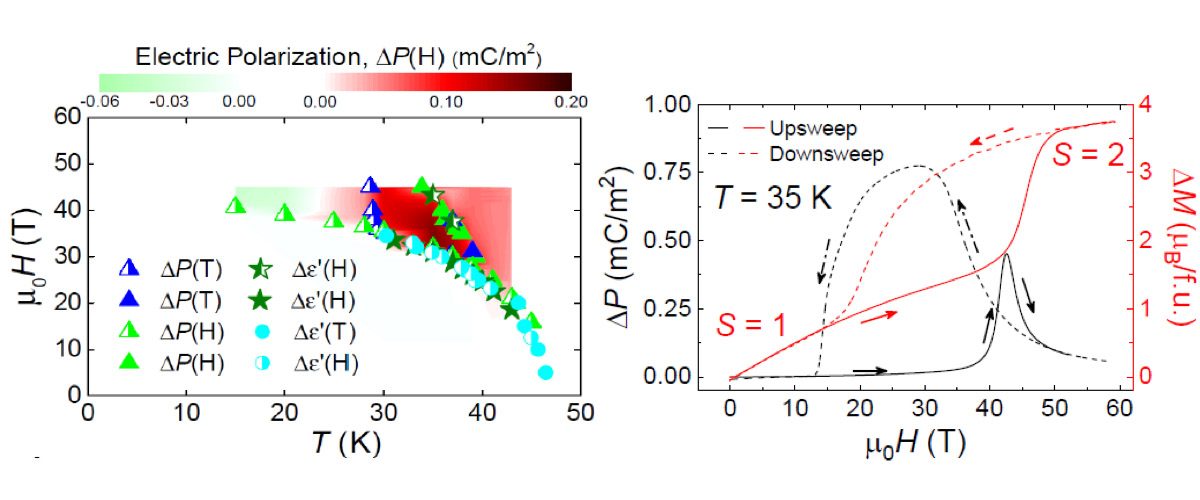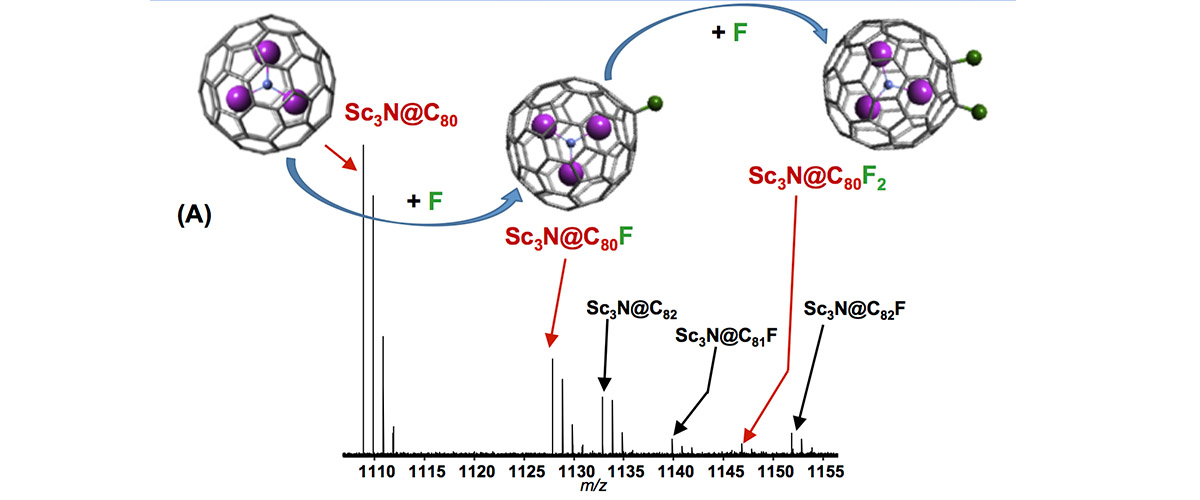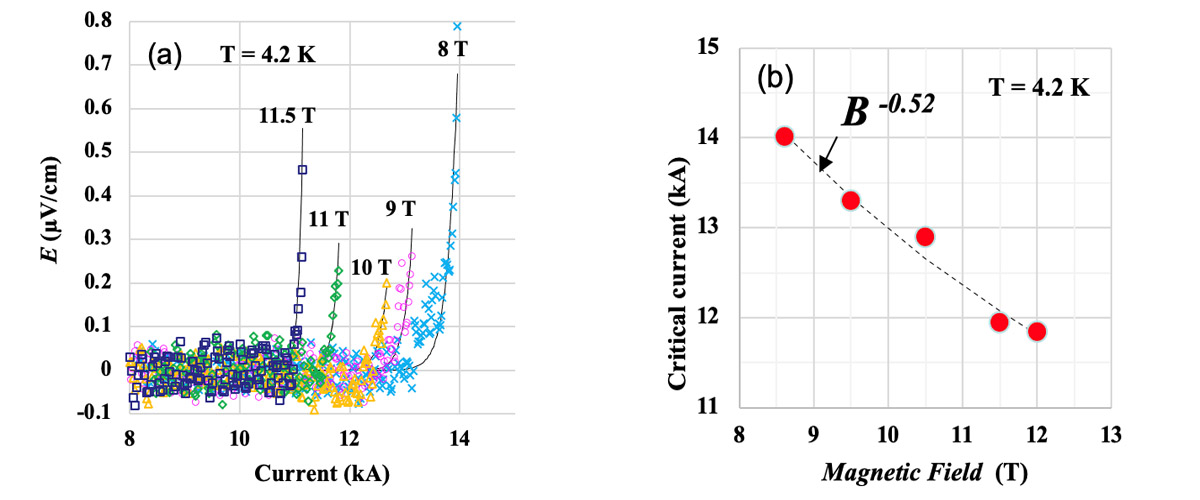What did scientists discover?
An intense magnetic field applied to a molecular crystalline material – denoted "Mn(taa)" – is found to induce a transition between two different spin states that doubles the magnetization. The magnetic field also induces electric dipoles on the molecules within the crystal, dipoles that order in multiple patterns at high magnetic fields.
Why is this important?
Materials in which magnetic and electric properties couple together have potential applications to reduce energy consumption for magnetic sensing, computing, and high frequency devices. Voltages rather than currents can switch under magnetic control, reducing energy dissipation by orders of magnitude. Here we open a new class of materials with magnetoelectric coupling – those with spin state switching instead of more traditional long-range ferro- or antiferromagnetic ordering. These new materials have extremely strong coupling between magnetism and the crystal lattice, such that magnetic fields induce structural phase transitions, toggle the existence of electric dipoles, and arrange the dipoles in various ordered patterns. The observed magnetoelectric coupling is relatively strong, fully 10% of the record for more traditional magnetoelectric materials that employ (anti)ferromagnetic order to couple to electric polarization. Thus spin state transition materials are an important new class of materials to study magnetoelectric coupling.
Who did the research?
S. Chikara1,2, J. Gu3, X.-G. Zhang3, H.-P. Cheng3, N. Smythe4, J. Singleton1, B, Scott4, E. Krenkel5, J. Eckert5, and V. S. Zapf1
1MagLab-PFF 2MagLab-DC 3University of Florida 4Los Alamos National Lab 5Harvey Mudd College
Why did they need the MagLab?
Magnetic fields well over 30T were needed to create spin state switching in this discovery material – though materials that switch at much lower fields are currently under development. Even for materials with low-field switching, high magnetic fields will be required to map the entire phase diagram and develop a full understanding of the ordering and magnetoelectric coupling mechanisms.
Details for scientists
- View or download the expert-level Science Highlight, Magnetoelectric coupling at a transition between two spin states
- Read the full-length publication, Magnetoelectric behavior via a spin state transition, in Nature Comm.
Funding
This research was funded by the following grants: G.S. Boebinger (NSF DMR-1644779), Los Alamos Laboratory-Directed Research and Development, "Center for Molecular Magnetic Quantum Materials" Energy Frontier Research Center (DOE BES)
For more information, contact Vivien Zapf and Tim Murphy.






